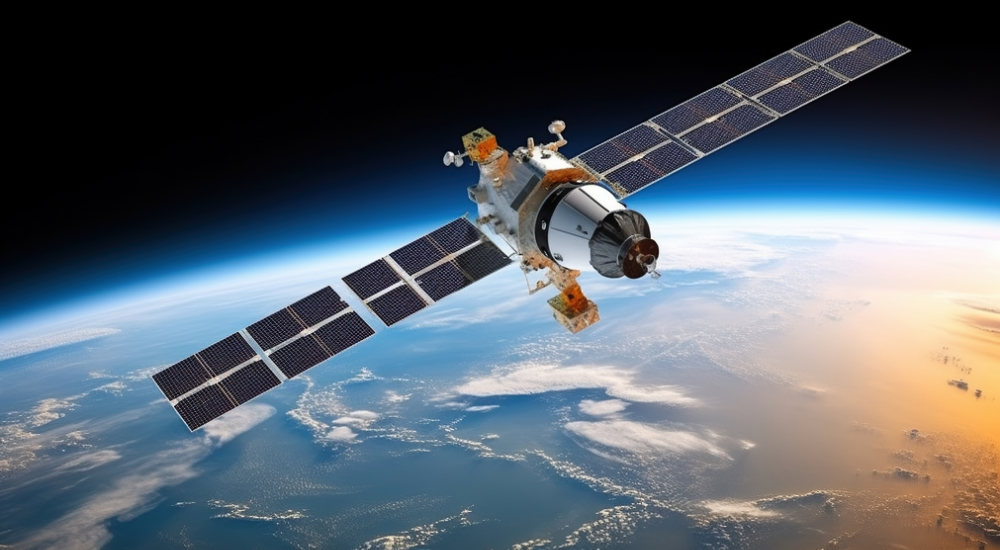The digital age has transformed the way we live, work, and communicate, making internet access a necessity for many aspects of modern life. However, in remote and off-grid locations where traditional electrical infrastructure is scarce or nonexistent, gaining reliable internet connectivity can be a significant challenge. In this article, we explore innovative solutions that allow individuals and communities to connect to the digital world without relying on traditional electrical infrastructure.
Satellite Internet:
Satellite internet technology has revolutionized connectivity in remote areas. These systems rely on satellites in orbit to provide internet access, bypassing the need for ground-based infrastructure. Key points to consider:
Global Coverage: Satellite internet offers global coverage, making it suitable for even the most remote locations.
Equipment: Users need a satellite dish and modem to connect to the service, but once set up, it provides a reliable connection.
Speed and Latency: While satellite internet has improved significantly, it may have slightly higher latency compared to traditional broadband.

Solar-Powered Internet:
Harnessing solar power for internet connectivity is an environmentally friendly and off-grid-friendly solution. Here’s how it works:
Solar Panels: Install solar panels to generate electricity. These panels can power the equipment needed for internet connectivity.
Battery Storage: Store excess solar-generated power in batteries to ensure uninterrupted connectivity during cloudy days or at night.
Low-Power Equipment: Choose energy-efficient internet equipment and devices to minimize power consumption.
Mesh Networks:
Mesh networks are decentralized systems where each node connects to neighboring nodes, creating a self-sustaining network. Key aspects:
Community-Based: Mesh networks can be community-driven initiatives, with each member contributing to the network.
Scalability: Mesh networks can be expanded as needed, making them suitable for both small communities and larger regions.
Local Control: Users have more control over their network infrastructure, enhancing privacy and security.

Mobile Data and Hotspots:
Mobile data and portable hotspots are accessible options for connectivity in off-grid areas:
Mobile Plans: Choose mobile data plans with good coverage in your area. Some providers offer data packages specifically designed for rural or off-grid users.
Portable Hotspots: Use portable Wi-Fi hotspots or tether your smartphone to create a local Wi-Fi network.
Signal Boosters: Consider signal boosters or amplifiers to enhance mobile signal strength in remote locations.
Low Earth Orbit (LEO) Satellite Constellations:
LEO satellite constellations, like those deployed by companies such as SpaceX and OneWeb, promise low-latency, high-speed internet access. These systems use a network of smaller satellites in lower orbits. Keep in mind:
Availability: LEO satellite internet is gradually becoming available, offering a promising solution for off-grid connectivity.
Affordability: Competitive pricing may make LEO satellite internet an attractive option.
User Terminals: Specialized user terminals are required to connect to LEO satellite constellations.
Access to the digital world is no longer limited to areas with traditional electrical infrastructure. Off-grid internet and connectivity solutions are rapidly advancing, bridging the digital divide and enabling individuals and communities in remote locations to participate in the digital age. Whether through satellite technology, solar-powered systems, mesh networks, or mobile data, these innovative approaches empower off-grid living while staying connected to the global digital community.




